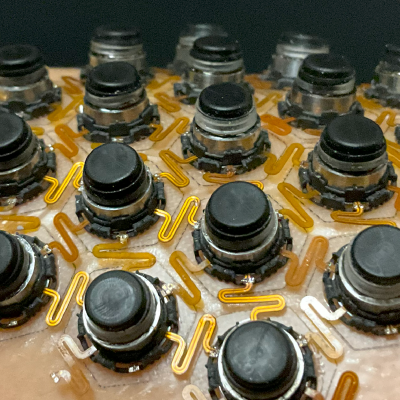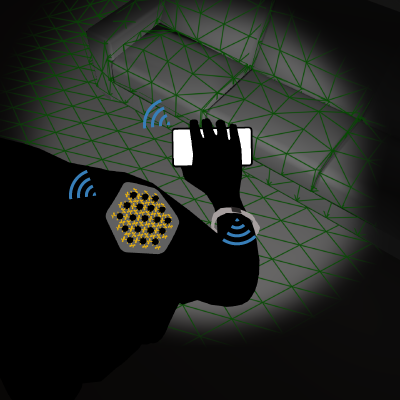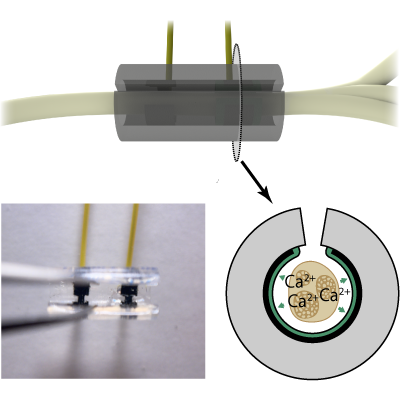Neural Mechatronics and Mixed Reality for Patient Care
Matthew T. Flavin is a postdoctoral researcher at Northwestern University, working with Prof. John A. Rogers. He received his M.S. and Ph.D. degrees in Electrical Engineering in 2021 from the Massachusetts Institute of Technology (MIT), and he received his B.S. in Electrical Engineering from the University of Illinois at Urbana-Champaign. He received the NIH Ruth L. Kirschstein Institutional National Research Service Award (T32) and the Draper Laboratory Fellowship. The vision for his independent research program is to develop powerful peripheral neural interfaces and mechatronic wearables that leverage advanced sensors and intelligent systems to address important and unresolved challenges in patient care.
Research
Distributed haptic systems

Capabilities for fast, programmable manipulation of human sensory perception have wide-ranging applications in therapeutic biomedical systems, including somatosensory interfaces that substitute or augment missing sensory capabilities. Compared with most wearable electronic devices, haptics interfaces can benefit from wider coverage across the surface of the skin. This research direction will address significant untapped potential in these areas of research by introducing a more expansive concept of somatosensory interfaces, developing a distributed system of textile-encapsulated actuators.
Intelligent systems for wearable therapeutics

Pain control and management in humans is an unresolved problem with significant medical, societal, and economical implications. Targeted drug therapies, such as opioid painkillers, are highly effective in pain control—however, repeated, long-term, systemic administration poses many long-term risks, including addiction and de-sensitization. This research direction will aim to develop non-invasive, non-addictive interventions for pain management. This will focus on targeting specific sources of pain emanating from muscle tightness in the neck and back using an intelligent system of sensors and actuators.
Selective peripheral neuro-modulation with iontronic materials

Developing effective means of interfacing with neural tissue is one of the major scientific challenges of our time. While haptic interfaces offer a powerful means of delivering information to afferent channels, motor activation requires a different approach. This research direction will apply ion-concentration modulation with ion-selective membranes, leveraging both the intrinsic selectivity of chemical modulation and the spatiotemporal resolution of direct electrical stimulation. These principles establish the basis for an electrochemical system that sources ions as therapeutic stock from the surrounding physiological media, regenerating them in situ, for the purposes of continuous neuromodulation.
